Discover 11 hidden attractions, cool sights, and unusual things to do in Pescara (Italy). Don't miss out on these must-see attractions: Stadio Adriatico – Giovanni Cornacchia, Basilio Cascella Civic Museum, and Museo delle Genti d'Abruzzo. Also, be sure to include Birthplace of Gabriele D'Annunzio Museum in your itinerary.
Below, you can find the list of the most amazing places you should visit in Pescara (Abruzzo).
Table of Contents
Stadio Adriatico – Giovanni Cornacchia

Also known as: Stadio Adriatico-Giovanni Cornacchia
Stadium in Pescara, Italy. The Stadio Adriatico – Giovanni Cornacchia is a stadium in Pescara within the central region of Abruzzo in Italy. The venue opened in 1955 and was designed by the Italian architect Luigi Piccinato. It hosted some preliminary football games during the 1960 Summer Olympics. The stadium originated as a multipurpose athletic facility and a center for the Italian National Olympic Committee. The venue hosted several matches for the Italy national football team and was a reserve stadium for the 1990 FIFA World Cup. Today, the venue is used primarily for football and athletics, and is the home stadium of Serie C club Delfino Pescara 1936. The stadium, which completed renovations in 2009, was the main stadium of the 2009 Mediterranean Games.[1]
Address: Via Pepe, 65126 Pescara
Basilio Cascella Civic Museum
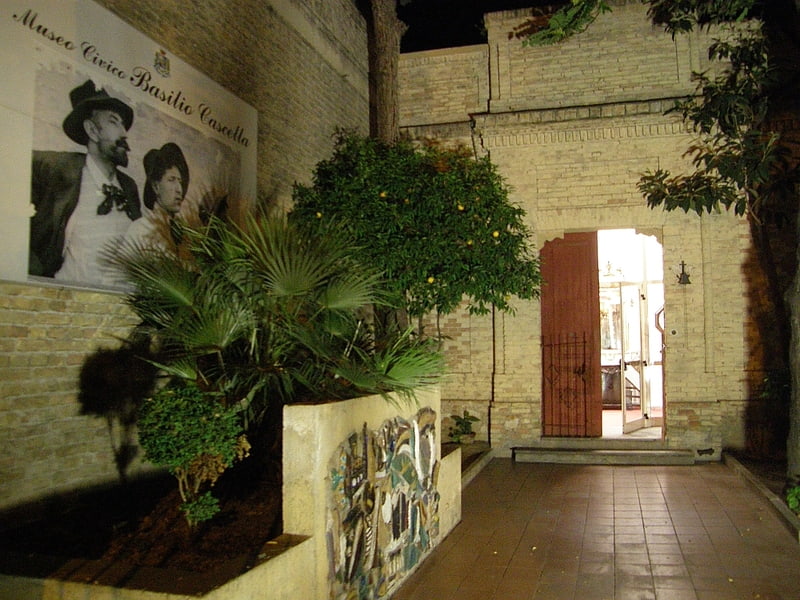
Museum in Pescara, Italy. The Basilio Cascella Civic Museum is an Italian pinacotheca based in Pescara in the Porta Nuova district. The museum is located in the former lithographic establishment established at the end of the nineteenth century by the painter Basilio Cascella. The building, for half a century the center of artistic production and meeting place for intellectuals such as Gabriele D'Annunzio, Luigi Pirandello, and Giovanni Pascoli, was donated to the Comune of Pescara in 1966 by the heirs of Cascella.
Thanks to the initiative of Giuseppe Quieti, in 1975 the structure was used as a civic museum dedicated to the dynasty of Cascella artists. The art gallery houses a collection of around 600 works of painting, sculpture, ceramics and graphics, created between the 19th and 20th centuries by Basilio Cascella and his descendants, including his sons Tommaso and Michele, and his grandsons Andrea Cascella and Pietro. Since 2017, the museum has been managed by the Genti d'Abruzzo Foundation.[2]
Address: 45 Viale Guglielmo Marconi, Pescara
Museo delle Genti d'Abruzzo

Also known as: Museo delle genti d'Abruzzo
Museum in Pescara, Italy. Museo delle genti d'Abruzzo is an ethnographic Museum in Pescara, Abruzzo.[3]
Address: Piazza Giuseppe Garibaldi, 41, 65127 Pescara
Birthplace of Gabriele D'Annunzio Museum
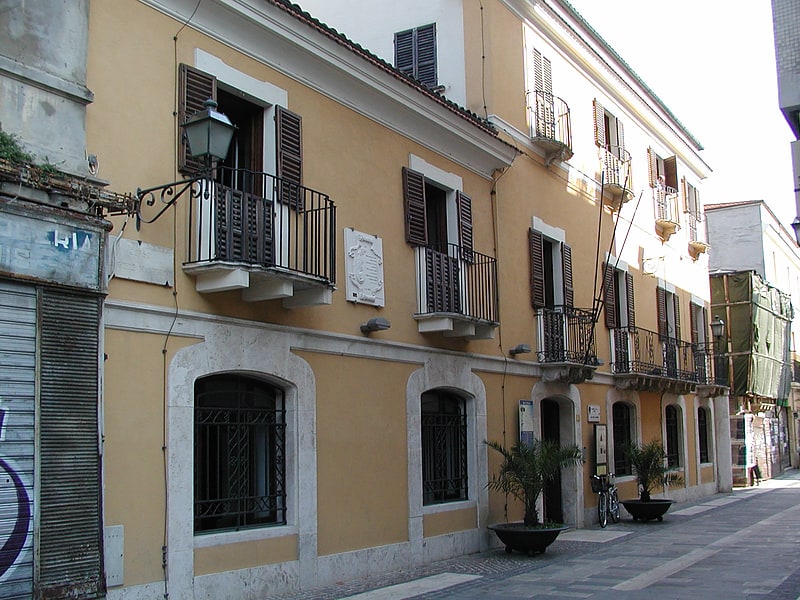
Also known as: Museo casa natale Gabriele D'Annunzio
Museum. Birthplace of Gabriele D'Annunzio Museum is a historic house museum in Pescara, Abruzzo.[4]
Address: Corso manthoné, 116, 65100 Pescara
Museo d'Arte Moderna Vittoria Colonna
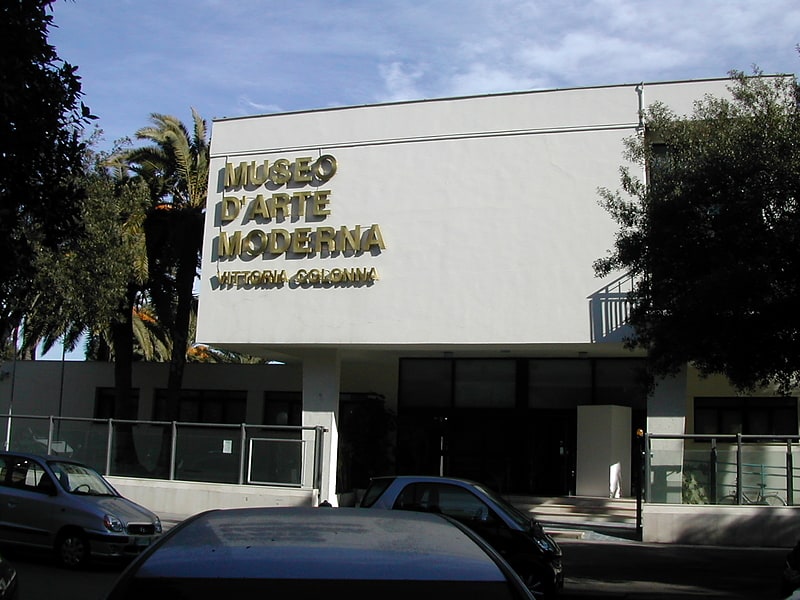
Also known as: Museo d'arte moderna Vittoria Colonna
Museum. Museo d'Arte Moderna Vittoria Colonna is a modern art museum in Pescara, Abruzzo.[5]
Address: Piazza I Maggio, 10, 65122 Pescara
Port of Pescara
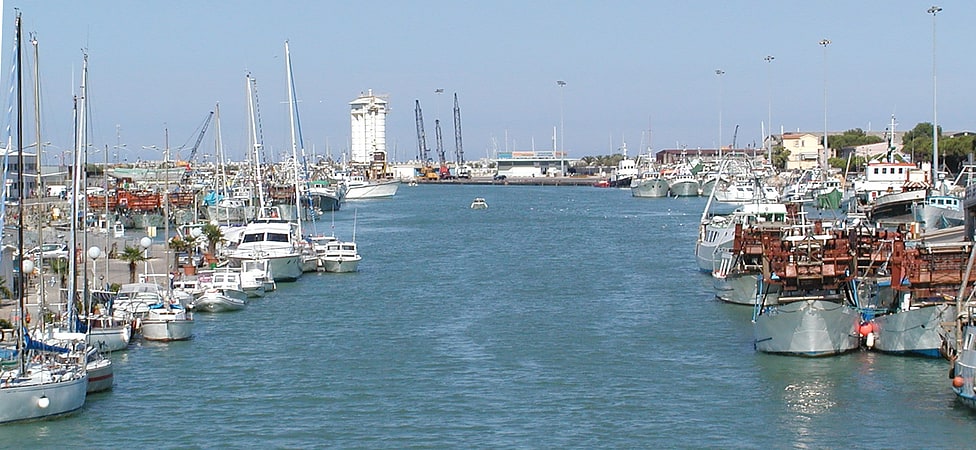
Also known as: Porto di Pescara
Ferry terminal in Pescara, Italy. The port of Pescara is an Italian port on the Adriatic Sea at the mouth of the River Pescara in the city of Pescara. It is located at latitude 28.14 north and longitude 42 ° 14 ° 13 ', 78 East[6]
Museo Paparella Treccia Devlet
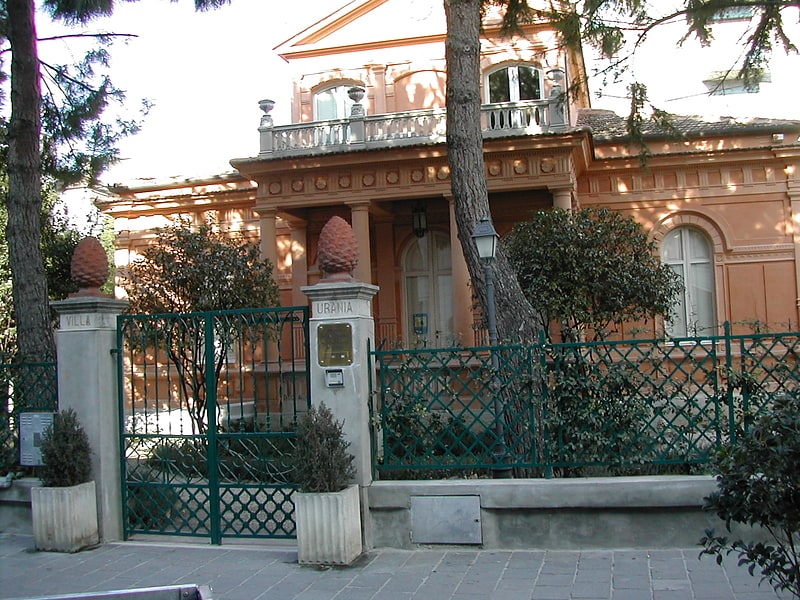
Museum in Pescara, Italy. Museo Paparella Treccia Devlet is an art museum in Pescara, Abruzzo.[7]
Address: Viale Regina Margherita, 1, 65122 Pescara
Pescara Cathedral
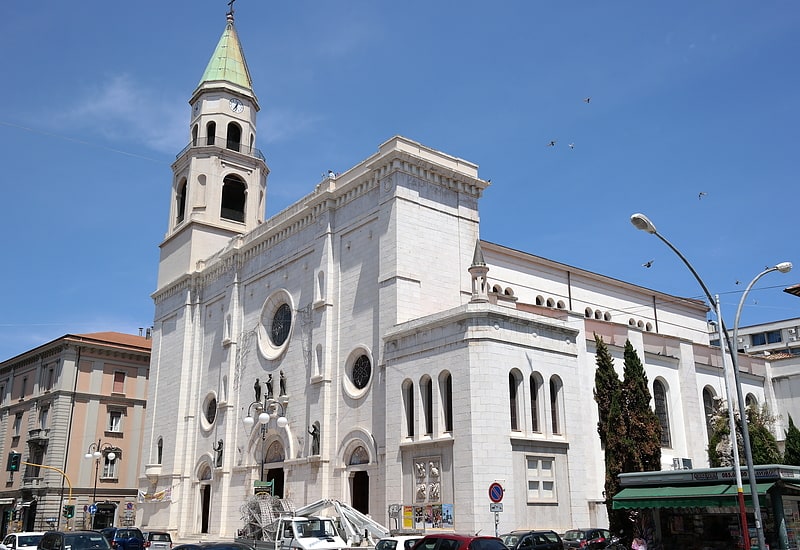
Also known as: Cattedrale di San Cetteo
Cathedral in Pescara, Italy. Pescara Cathedral is a Roman Catholic cathedral in the Via D'Annunzio in the city of Pescara. The cathedral, dedicated to Saint Cetteus, patron saint of Pescara, has been the seat of the Archbishop of Pescara-Penne since the creation of the archdiocese in 1982. The present Romanesque Revival building, originally called the Tempio della Conciliazione, was constructed in the 1930s, replacing the medieval church of San Cetteo.[8]
Address: Piazza San Cetteo, 1, 65127 Pescara
Piazza della Rinascita
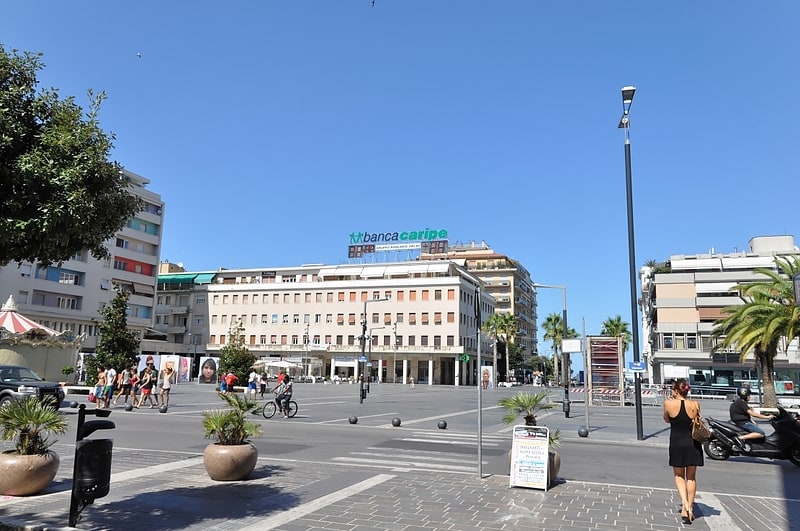
Piazza della Rinascita, commonly known as Piazza Salotto, is one of the most important squares in Pescara, taking on the role of the center of gravity of city life from its inception. It was created following the 1943 bombing of Pescara, which severely affected the central area of the city; this space, once part of Corso Umberto I, was vacated with the intention of making it the new city gathering place, which until then had always been in nearby Piazza Sacro Cuore.
MediaMuseum
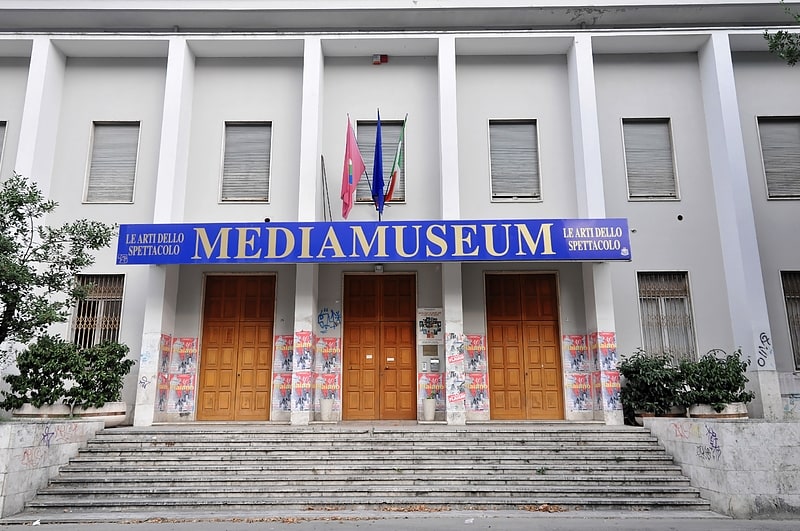
The Mediamuseum is a museum in Pescara, conceived by journalist and art critic Edoardo Tiboni. It is located in Emilio Alessandrini Square, at the former city courthouse.
Address: Piazza Emilio Alessandrini, 34, 65127 Pescara
Ponte del Mare
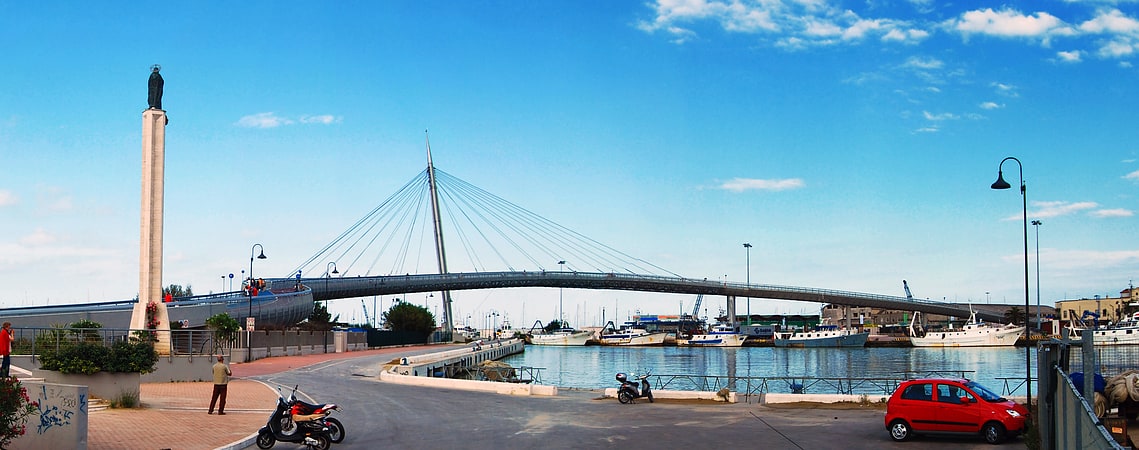
The Ponte del Mare is a cable-stayed bicycle and pedestrian bridge located in the city of Pescara, which, with its 466 meters in length between abutments and 172 meters in span of the suspended deck, is the largest bicycle and pedestrian bridge in Italy and one of the largest in Europe.
Such a bridge connects the south and north banks of the Pescara River, allowing for the necessary continuity to the Adriatic Ciclovia, the bicycle path that runs along the entire coast from Ravenna to Santa Maria di Leuca.
Costing 7.5 million euros and built in 19 months, the bridge was inaugurated and opened to the public on Dec. 8, 2009.
Address: Riviera Nord/Riviera Sud, Pescara